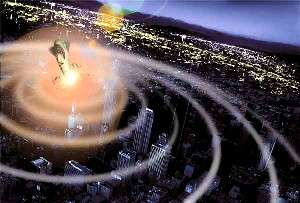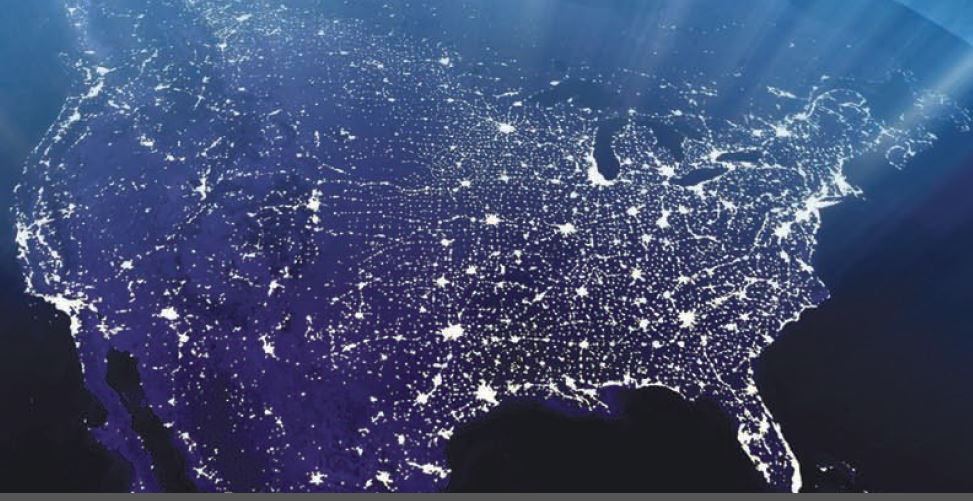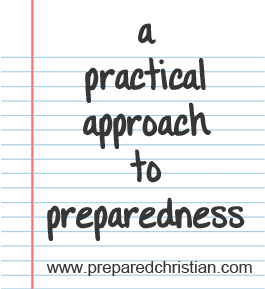Today’s post was guest written by Lee Flynn
As history has repeatedly shown, disaster can strike at any moment and without warning. Whether the event is natural or man-made, it carries the potential to stir chaos. Many people feel that, for survival purposes, there’s no better place to be than a rural area. However, it’s not a feasible option for everyone. For one reason or another, a huge portion of the country’s citizens are stuck in densely-populated urban areas. Although this is one of the worst places you can be during an catastrophe, there are things you can do to protect yourself, your home and your family.
Stockpile Ammunition
The most dangerous aspect of living in the city during a crisis is people. When disaster strikes, there is no shortage of people who are willing and eager to take everything you have for themselves. This is why firearms are called “the great equalizer”. Even if someone is bigger and stronger than you, if you have a gun, those features are meaningless. However, you need ammunition to make it work. In the city, you’re going to need lots of it. It’s a good idea to keep an 9mm ammo box full of the appropriate rounds tucked away someplace safe and discreet.
Unfortunately, many states have imposed regulations that limit the types and quantities of ammunition you can purchase. That said, gun shows are still largely immune to these regulations, so consider attending ones in your area whenever possible. Plus, it presents an opportunity to learn new information and make some wonderful friends and allies.
Store Food
Of course, in any SHTF situation, you’re going to need a reliable source of food. Let’s face it, your local grocery store isn’t going to be receiving new stock, and venturing out into a lawless war zone isn’t something to make a habit of. Fortunately, it’s easy to stockpile a large supply of food storage even in a relatively small space. Stock up on things that keep well, such as dehydrated foods and canned goods. Keep them in a cool, dark and dry location, and preferably inside of tightly-sealed and pest-resistant food storage containers. Military MREs are another good option, and you can usually find them in bulk at military surplus shops.
Collect Medical Supplies
In a disaster, the likelihood of receiving emergency medical care is nil. Even in this situation, it’s important that you’re able to take care of yourself and your loved ones, so medical supplies are critical. Ideally, your stock should contain things like antibiotics, painkillers, a stitching kit, surgical tweezers, antiseptics, syringes, gauze, bandages, medical tape and anti-anaphylactics. Most of these things can be legally purchased by anyone from medical supply warehouses or pharmacies. Like with your food supply, keep these items in a cool, dark, dry and secure location.
Gather Essential Tools
There’s nothing like an emergency to remind you of the usefulness of certain tools. Indeed, many of them can even save your life. Some important tools to have on hand include a multi-tool or Swiss army knife, duct tape, rope, saws, screwdrivers, wrenches, a hammer, a hunting knife, files and flashlights. Any number of these objects can help you get out of a difficult situation and help keep important equipment operable.
Fuel and Batteries
In some bizarre twist of Murphy’s Law, it seems that large-scale emergencies nearly always come with a loss of electrical power that lasts for an indeterminate amount of time. This sort of event is more than just an inconvenience. More often than not, it’s the cause of civil upheaval. No electricity means no light, communications, water or heat. That’s why the person who can generate power has the advantage. It’s strongly recommended to maintain a store of batteries for radios and flashlights, and fuel for your generator, vehicle or gas-powered tools.
Hold Onto Your Valuables
The loss of electricity typical of serious emergencies also cuts off access to your bank account. Unfortunately, currency is still important in these situations, so it’s recommended to hold onto anything valuable you might have. Gold and silver coins, fine jewelry, gemstones and cash should be hidden away in case of such events. These can represent considerable purchasing and bargaining power later on.
Please click here to vote for Prepared Christian as a top Prepper site!
If you liked this article please think about sharing it on the social media listed below, thanks!











